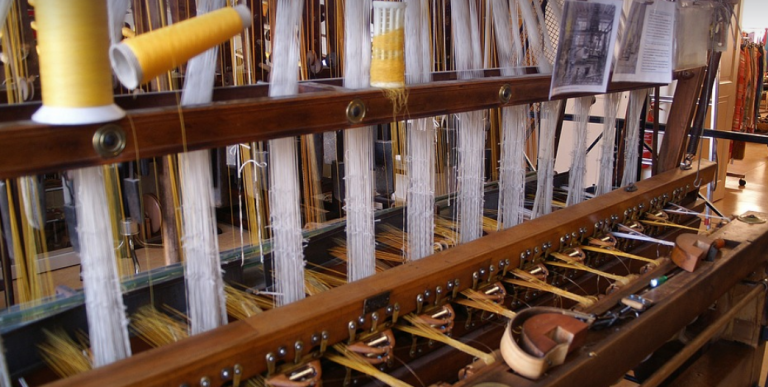
What is a Tie-Down and Why Do You Need One?
Imagine this: you’ve just spent hours setting up your comfortable RV awning, ready to soak in the day’s golden rays. But as the evening descends and the wind picks up, a gentle breeze becomes a mischievous force. Suddenly, you see that your awning is starting to shift and sway, threatening to take flight. It’s enough to make anyone anxious, right? Well, this is where tie-downs come in, acting like anchor points for your awning’s safety net.
Tie-down straps are simple yet essential tools for securing any outdoor structure, especially those that can be susceptible to the elements. They’re essentially strong, durable straps used to secure various objects to something else, keeping them from moving or even getting swept away. For your RV awning specifically, these straps become lifesavers, especially in windy situations.
First, let’s understand why tie-downs are so crucial for awnings. Think of it this way: your awning isn’t like a permanent fixture on your RV – it’s a flexible canvas or fabric that needs proper support to withstand various stresses. These straps keep the awning from flapping around, preventing damage and ensuring its longevity. This is particularly important when camping in areas prone to strong winds. Imagine driving through the countryside with your awning billowing wildly – not only can this be disruptive but also potentially dangerous.
Choosing the Right Tie-Down System
While all tie-down straps are essentially functional, there’s a wide range of options to choose from when it comes to securing your RV awning. Each option has its own pros and cons, depending on your needs. Here’s a quick overview:
- Traditional Tie-Downs: Often made from heavy-duty nylon or polyester, these straps are easy to find and relatively inexpensive. Their strength is no secret, and with proper installation, they can secure even the largest awnings.
- Bungee Cord Tie-Downs: These offer a flexible solution for securing your awning. They’re lightweight and readily available in different lengths, making them easy to store and adjust as needed. But, it’s important to note that these may not be the best choice for heavier awnings, as they might not hold up under immense pressure.
- Specialized Tie-Down Kits: These kits usually come with everything you need for secure attachment – from heavy-duty anchoring points to durable straps and even instructions. Some even offer additional features like shock cords or adjustable attachments for extra security.
Installing Your Tie-Downs: A Step-by-Step Guide
Installing tie-down straps should be a straightforward process, but it’s essential to ensure proper security and avoid any accidents. Follow a step-by-step guide for the best results:
- Locate Your Anchor Points: Choose secure points on your RV’s awning framework. This can be at the corners or along the sides, ensuring that the weight of your awning is evenly distributed.
- Secure the Strap: Once you’ve identified your anchor points, use sturdy tie-down straps to connect these points. You need to ensure a stable connection and avoid any slack in the strap – this will help prevent unwanted movements.
- Test Your Setup: After installing each tie-down, test it out by giving it a gentle tug to check for stability. If there’s any looseness or movement, tighten the knot and make adjustments as needed. It’s crucial to ensure your awning is securely anchored before leaving your RV unattended.
A Few Extra Tips for Optimal Protection
While tie-downs are essential, a little extra attention can go a long way in keeping your awning safe and secure:
- Weatherproof Your Tie-Downs: Invest in weather-resistant straps to protect them from the elements. These straps will last longer and perform better over time.
- Check for Wear and Tear: It’s important to inspect your tie-downs periodically, looking for signs of wear and tear such as fraying or stretching. Replacement is often necessary after several uses
- Use a Wind Sock: A wind sock on the awning can provide an extra layer of protection in windy conditions by acting as a visual indicator of potential gusts.
Safe Camping, Happy Travels!
Having your RV awning secured with tie-downs is vital for a worry-free camping experience. By following these simple steps and choosing the right equipment, you can enjoy peace of mind knowing that your awning will withstand any weather challenge. So, go ahead, pack up your gear, and hit the road! After all, safe travels are full of joy.


